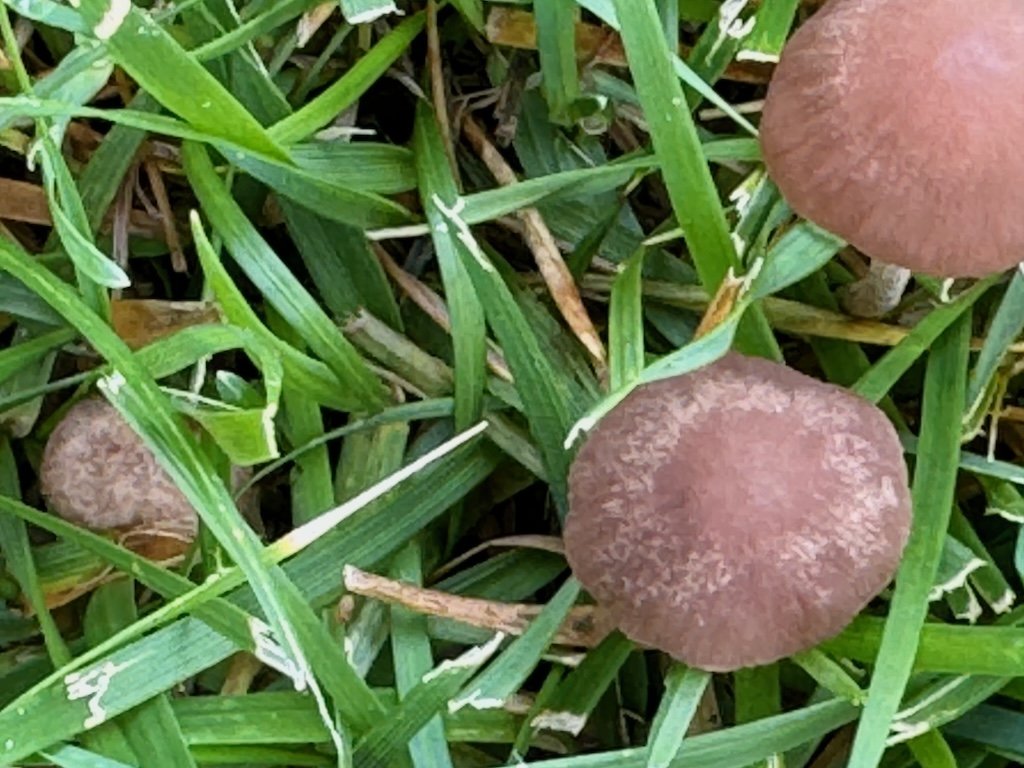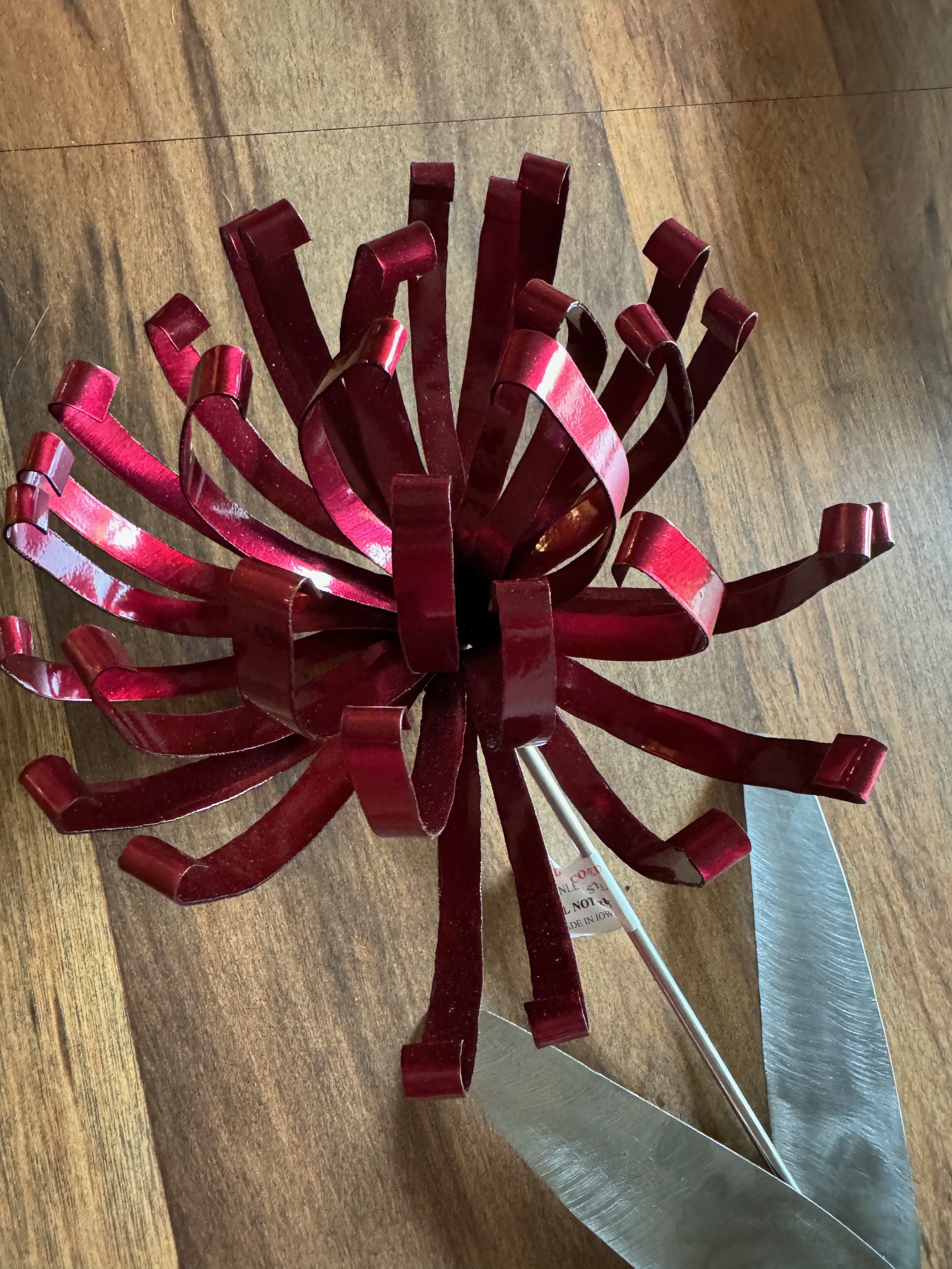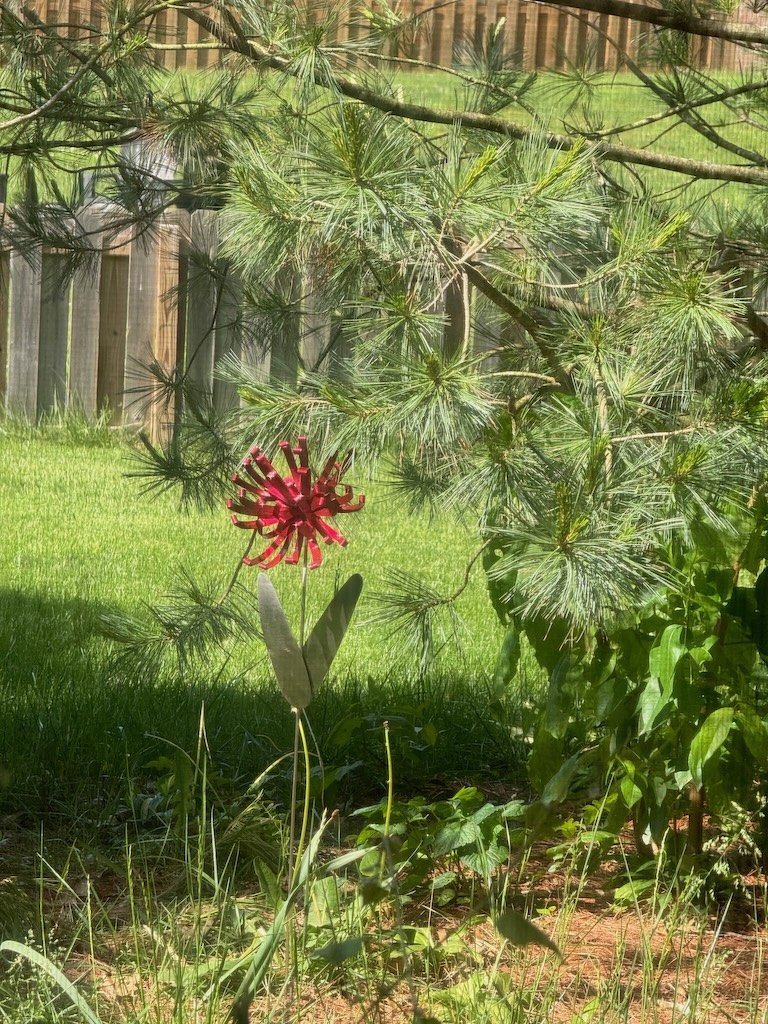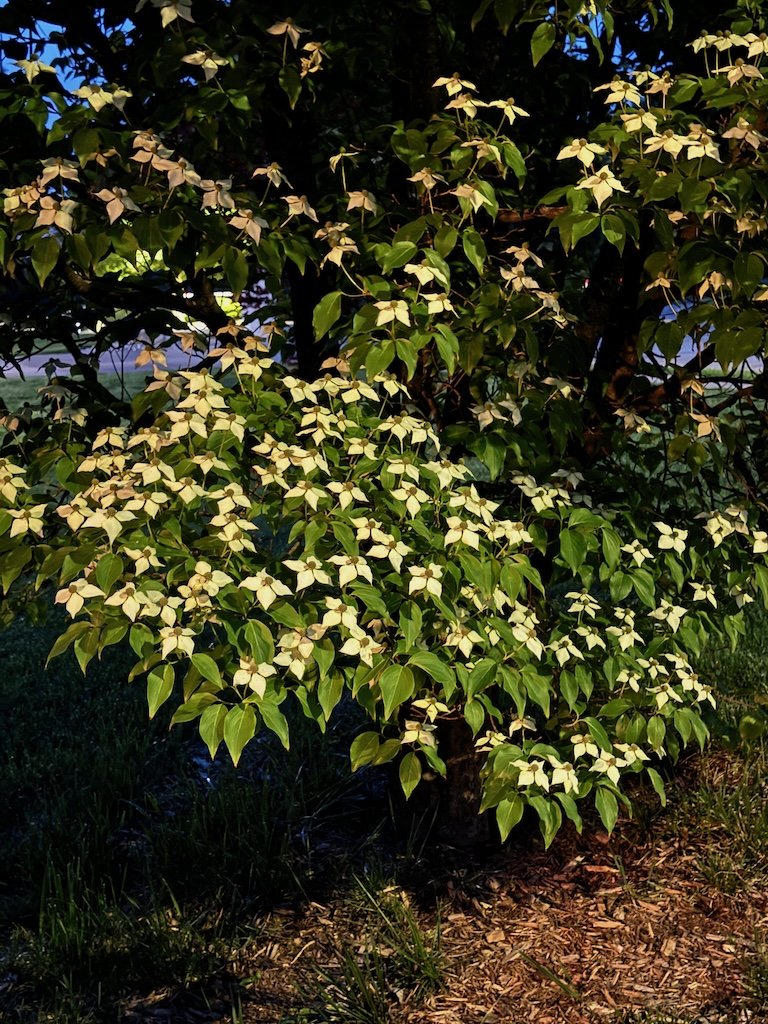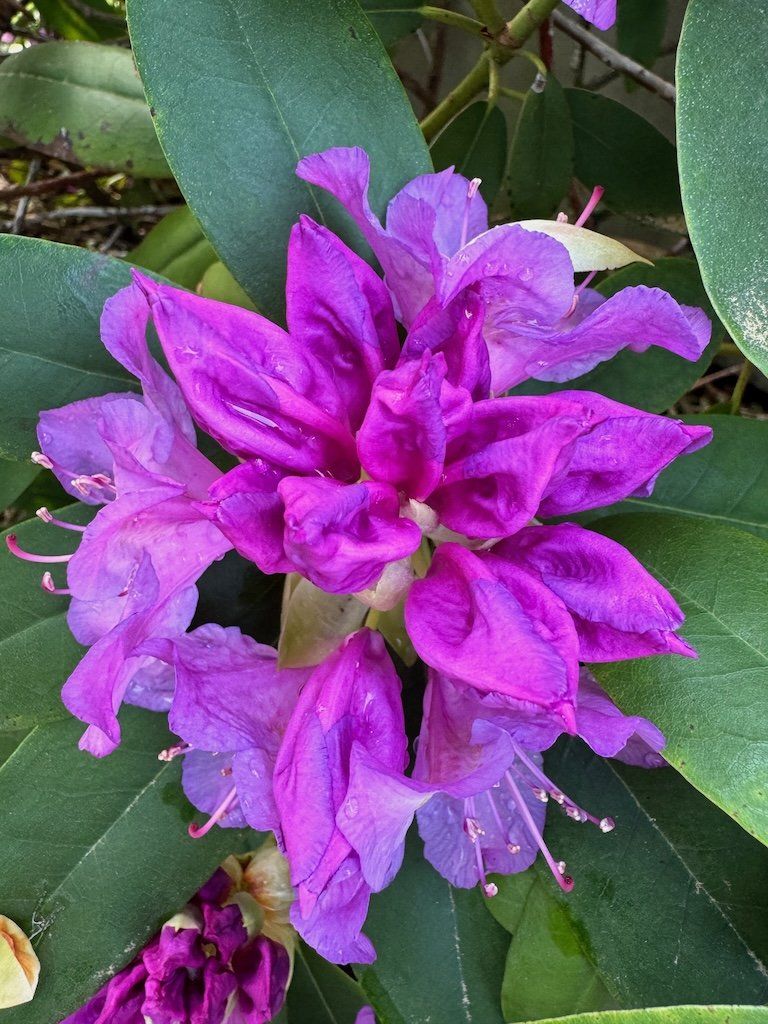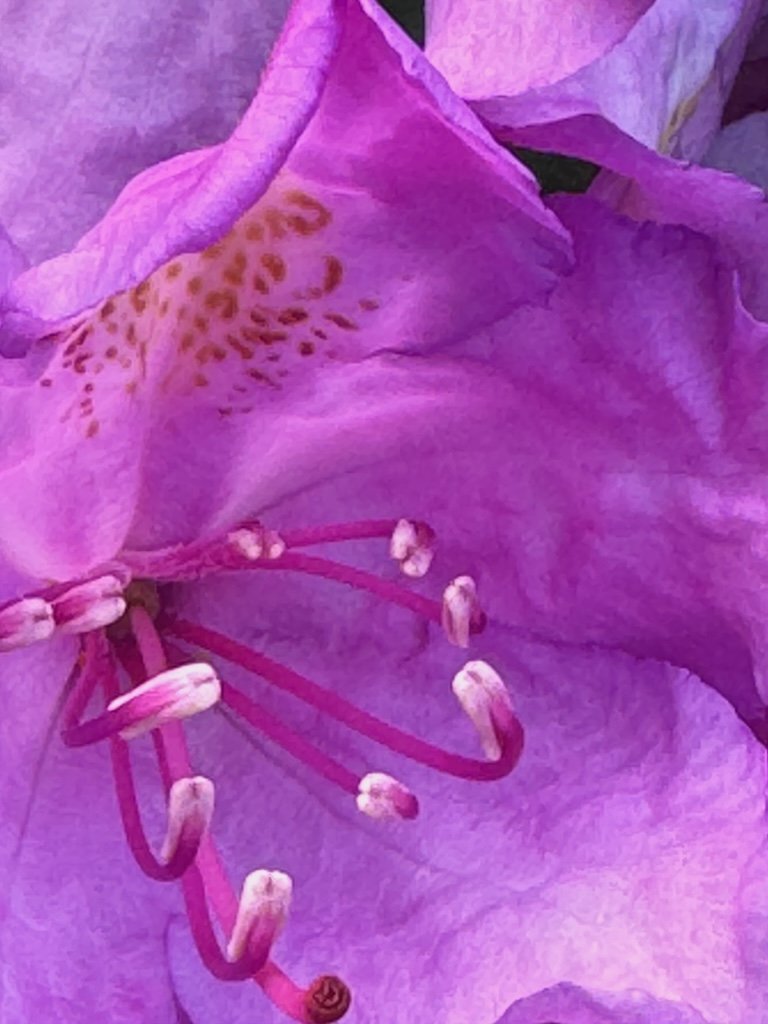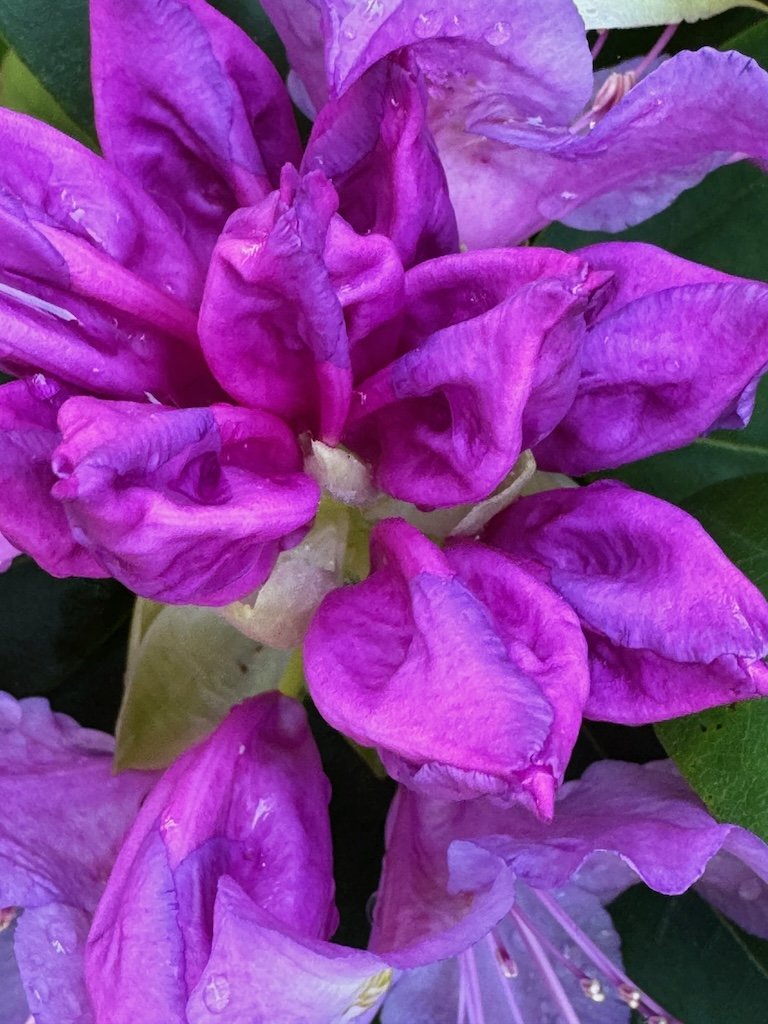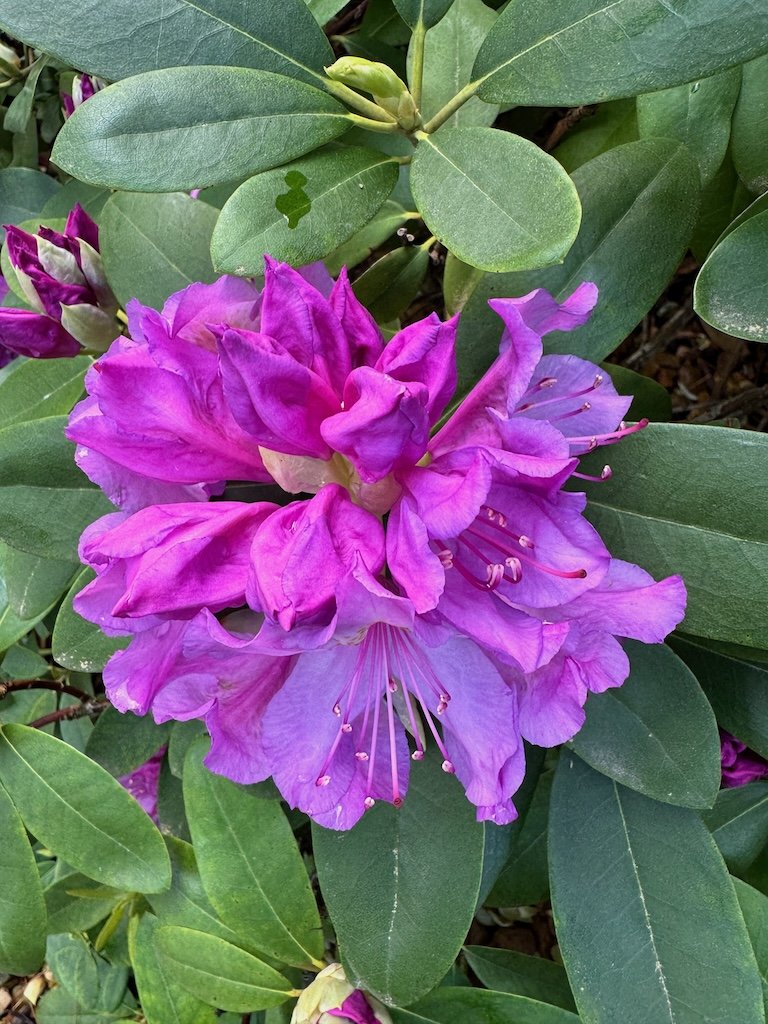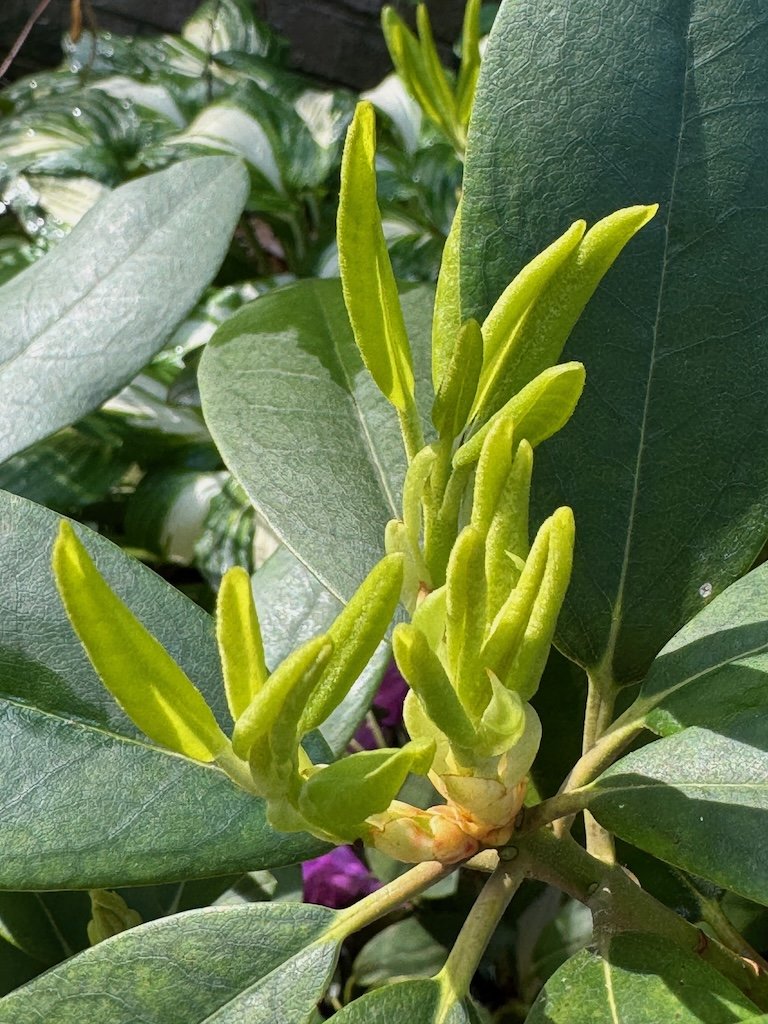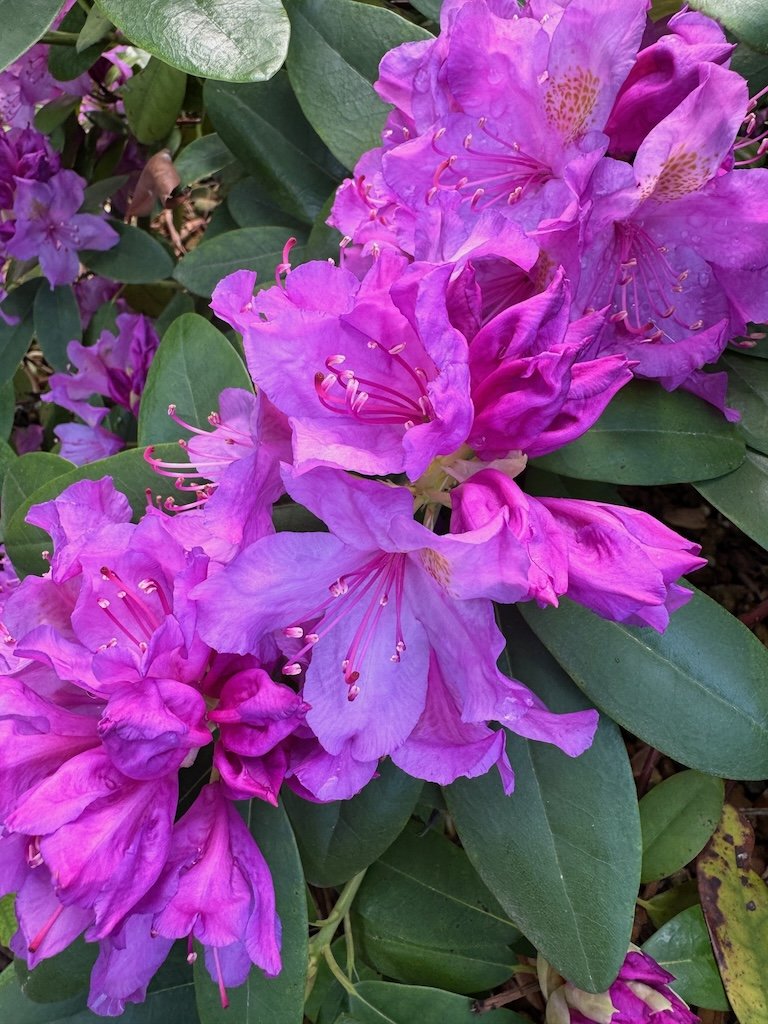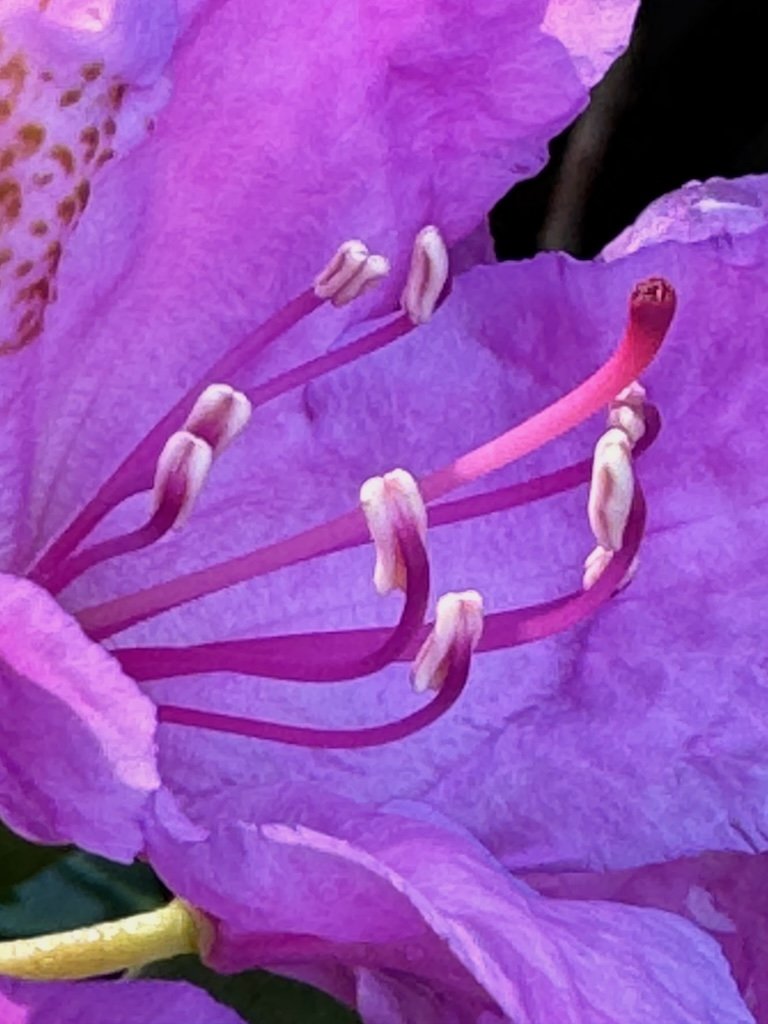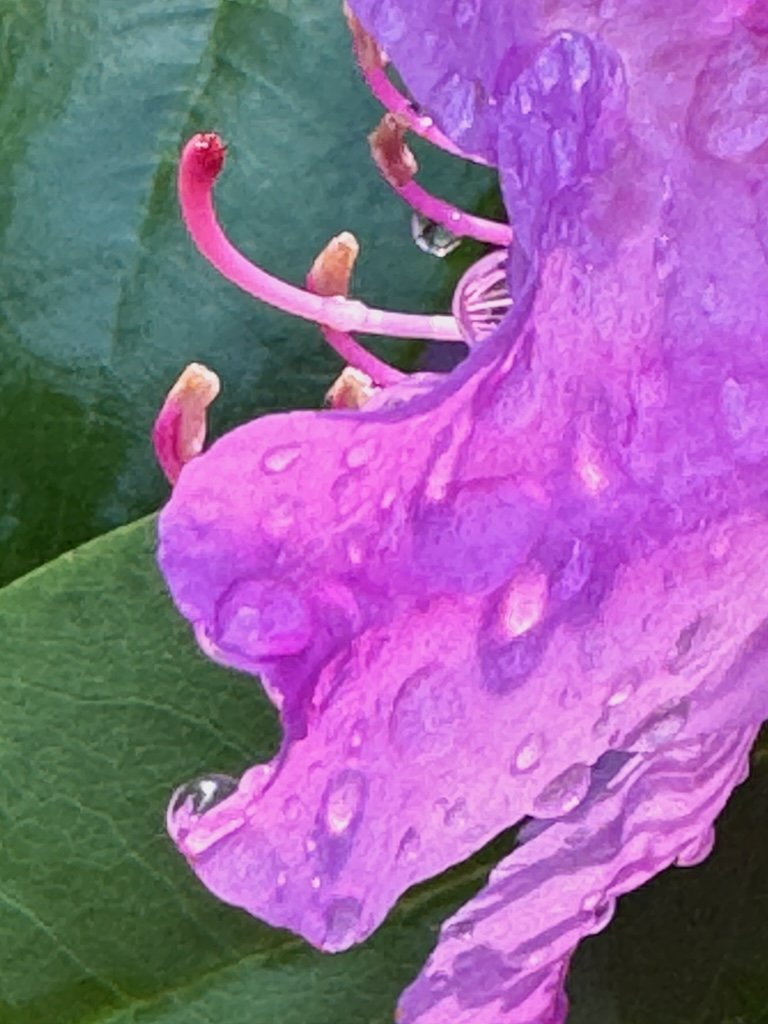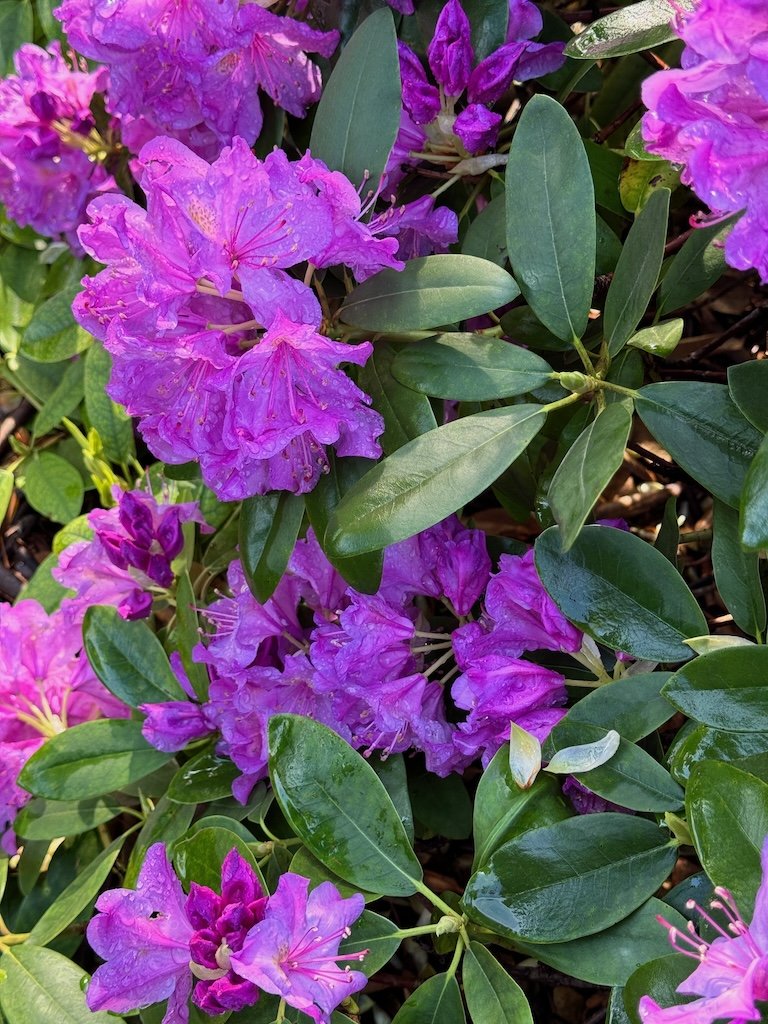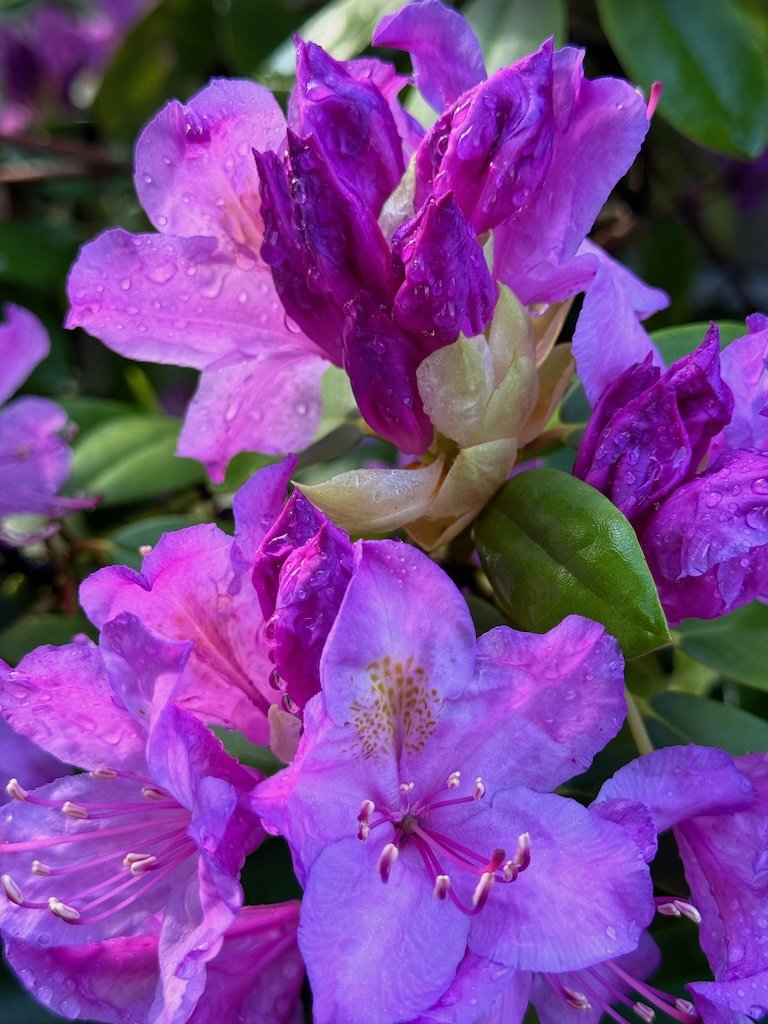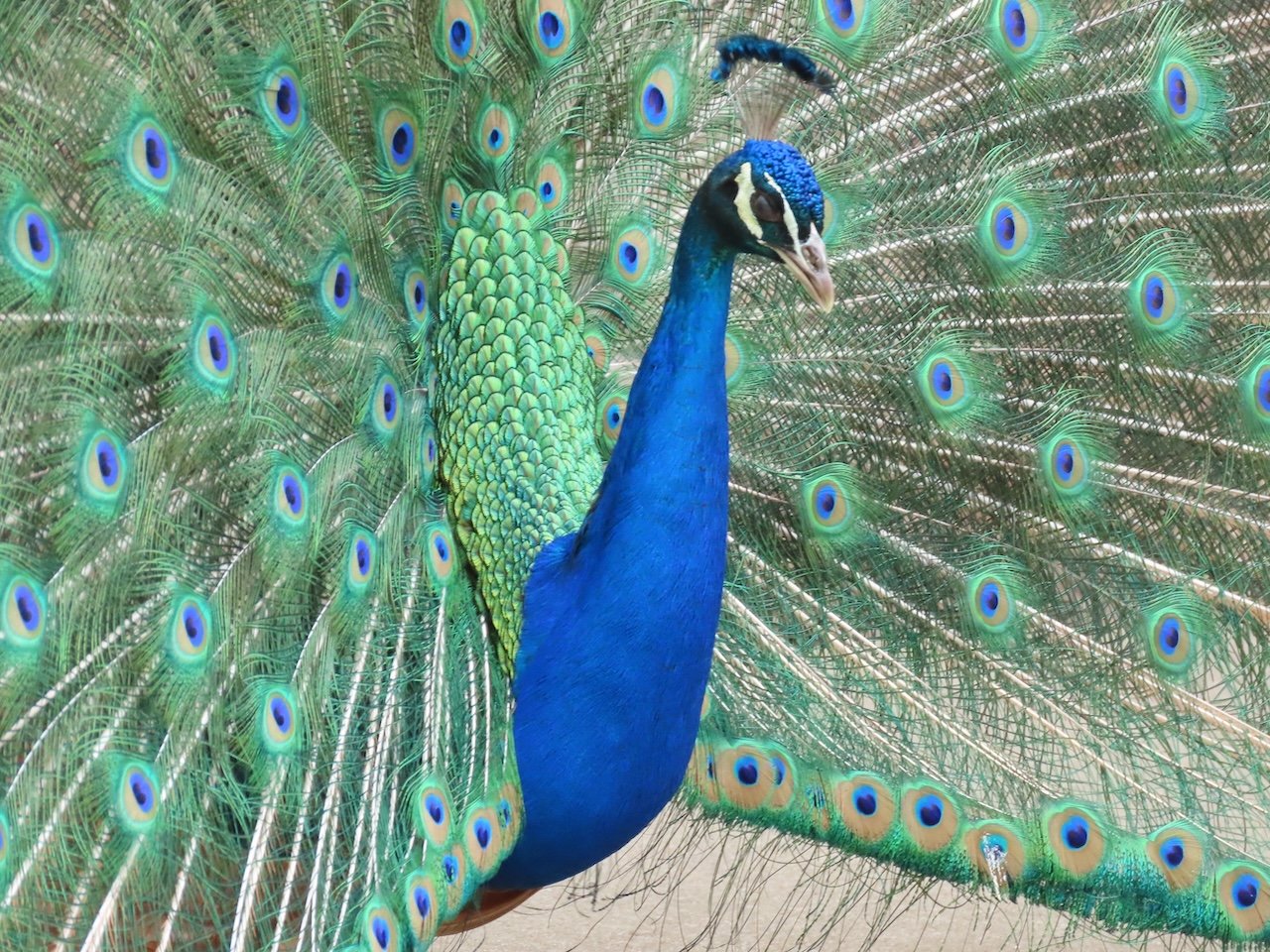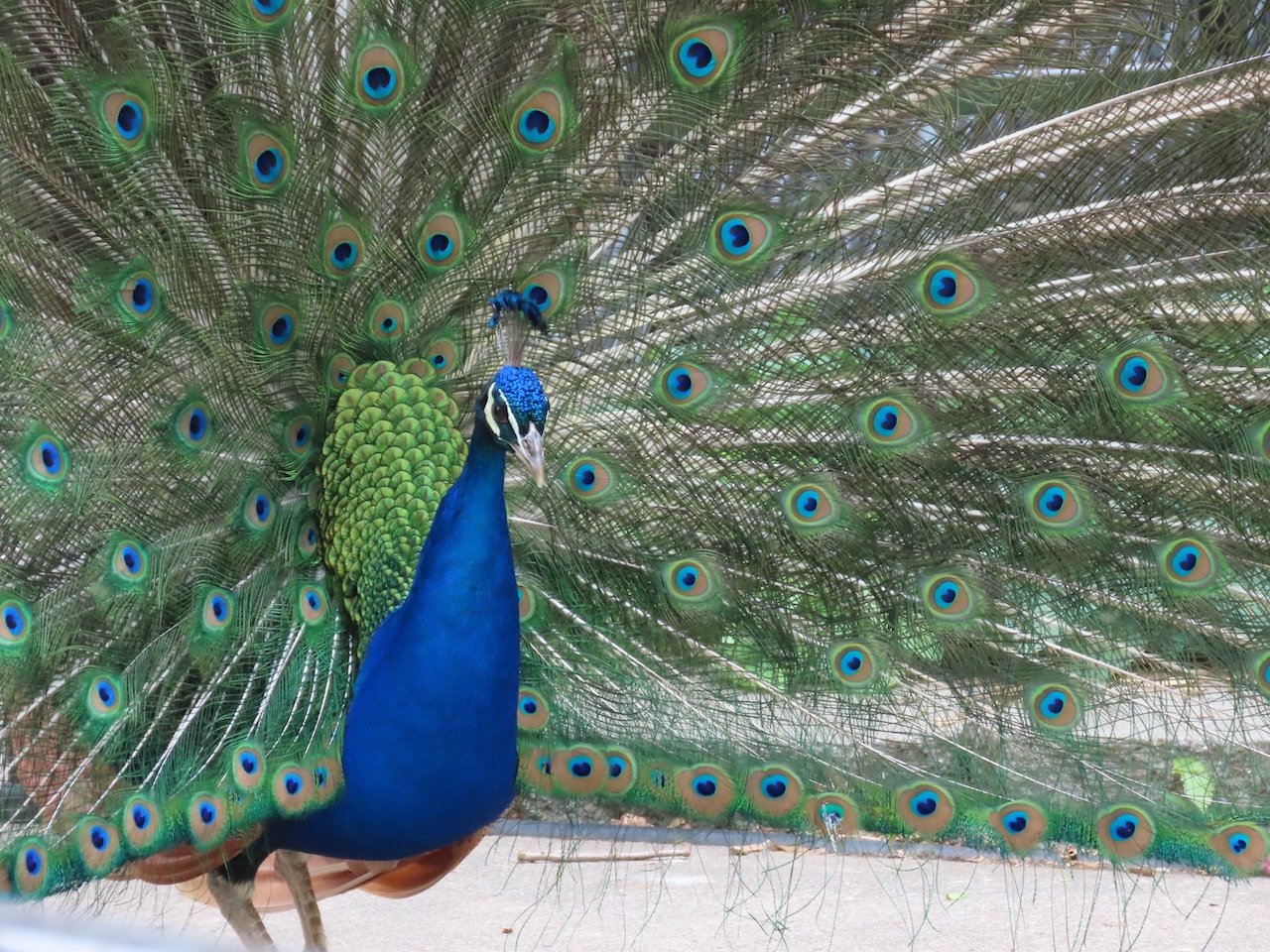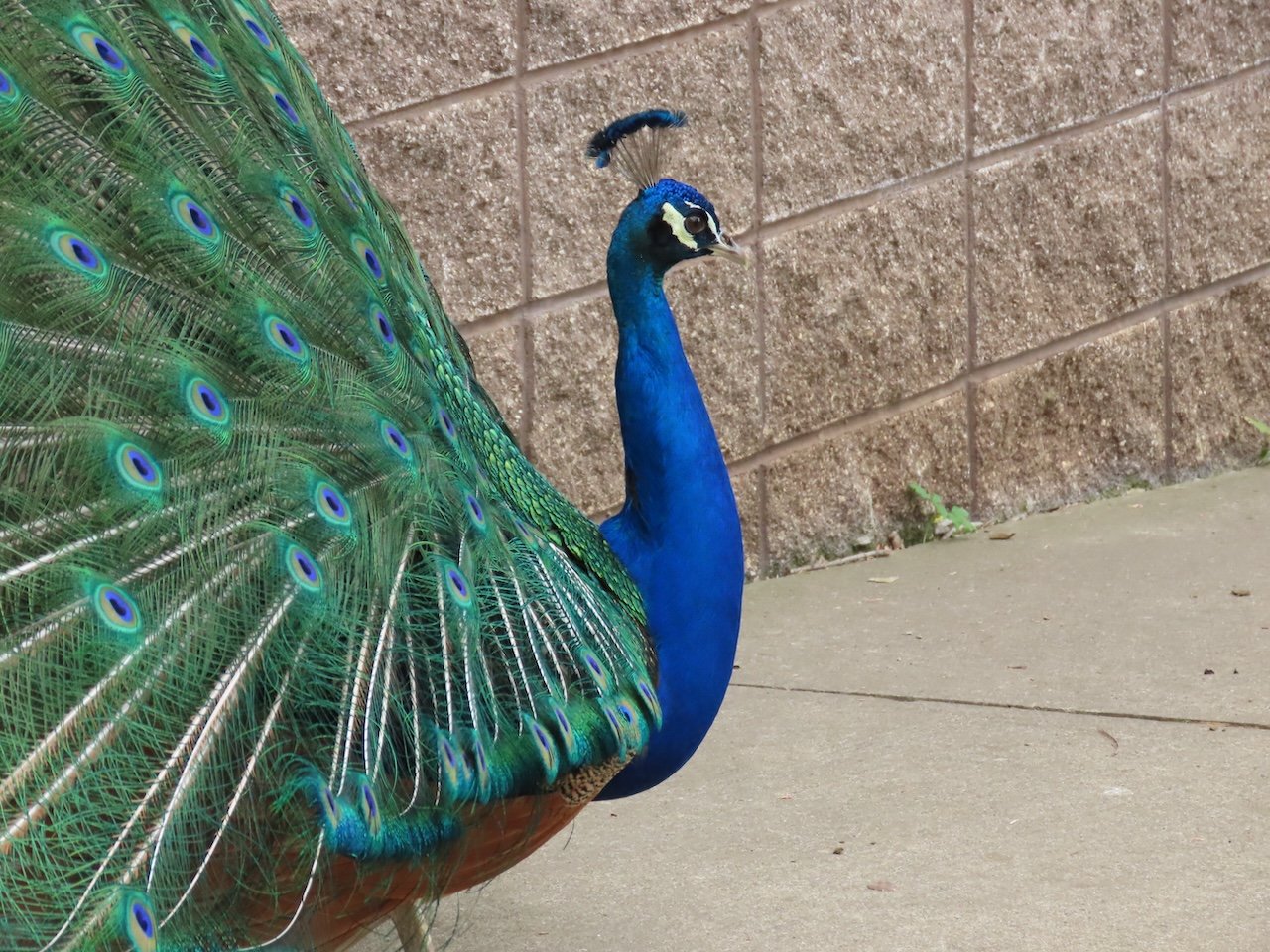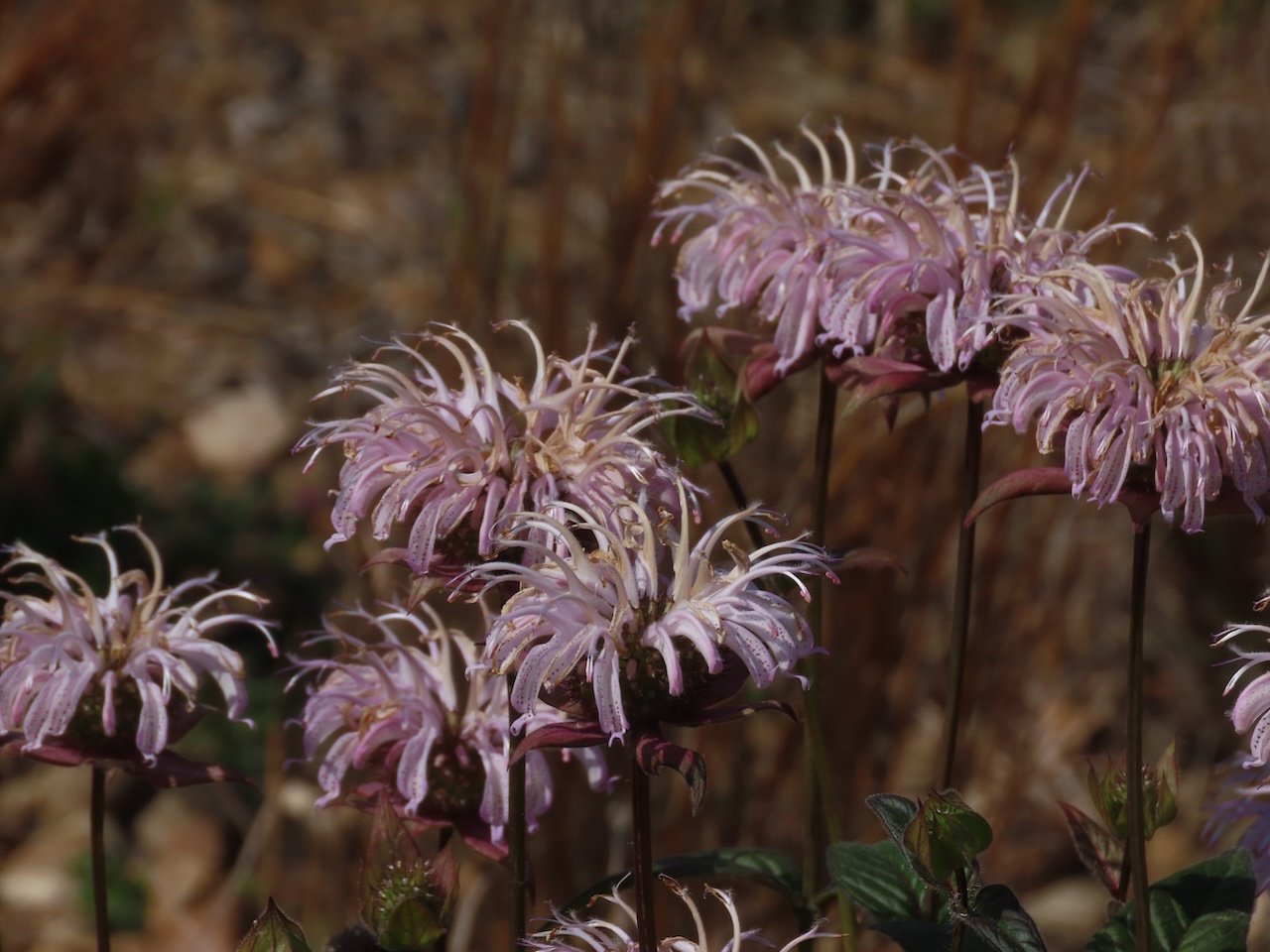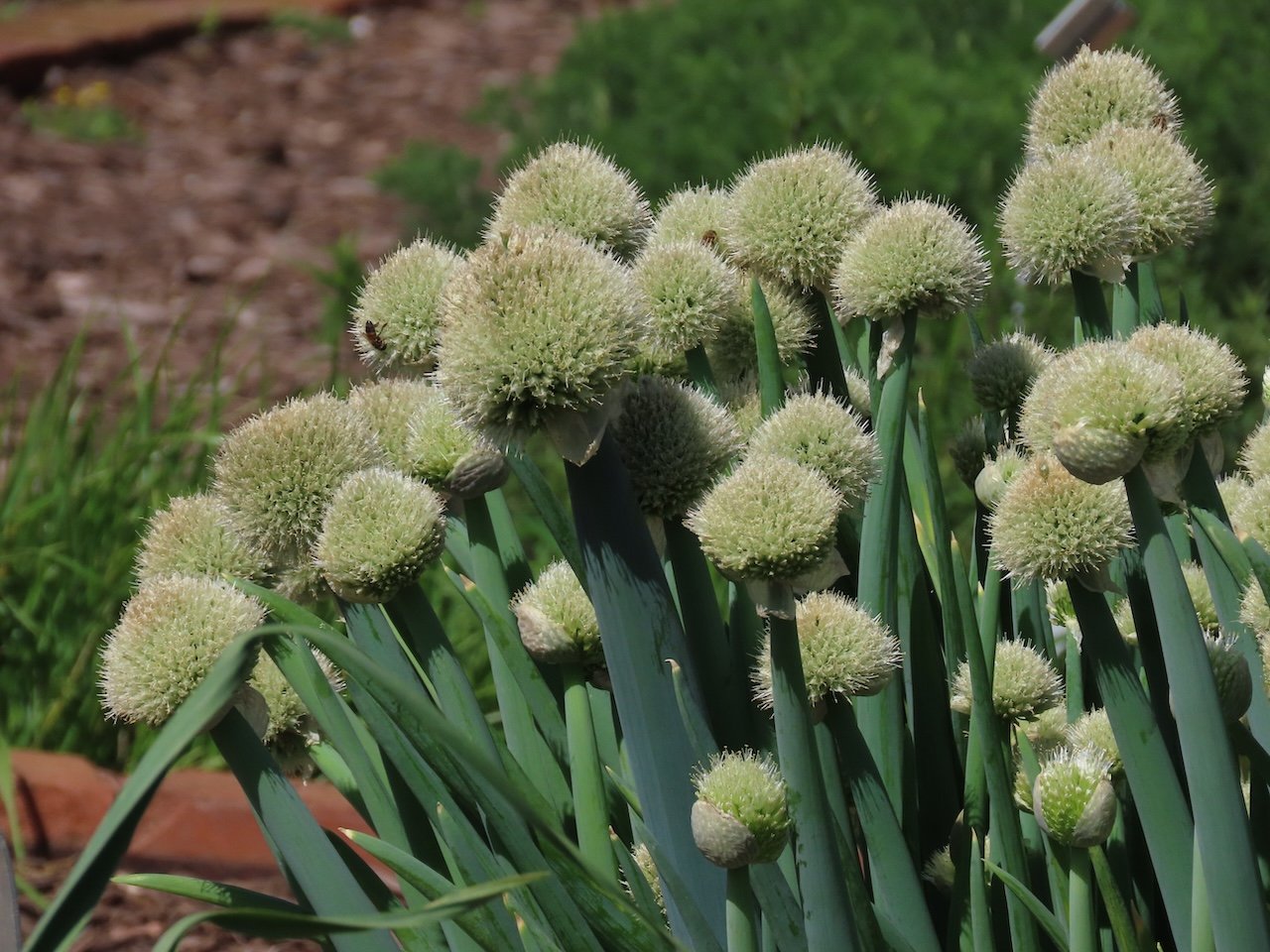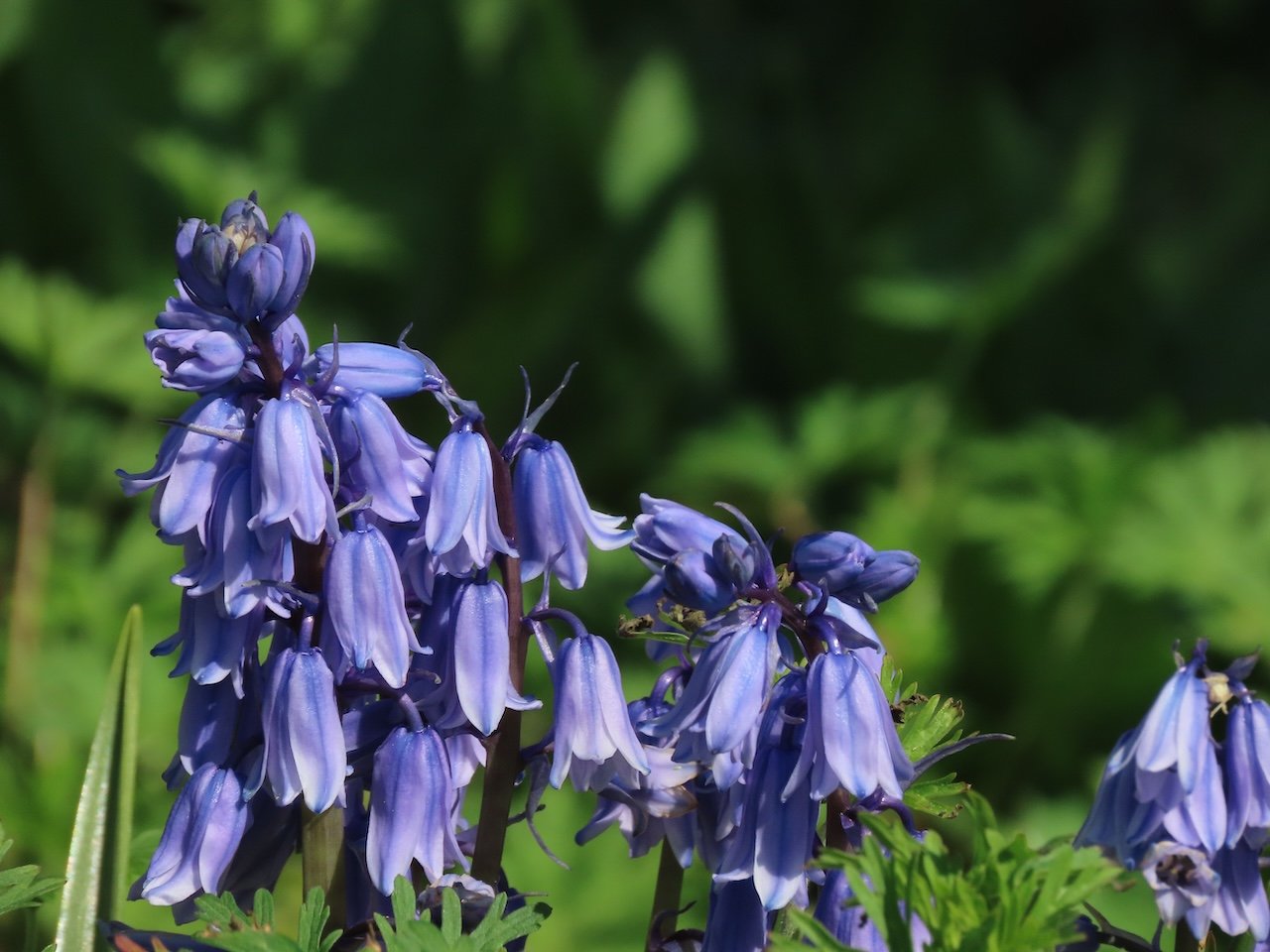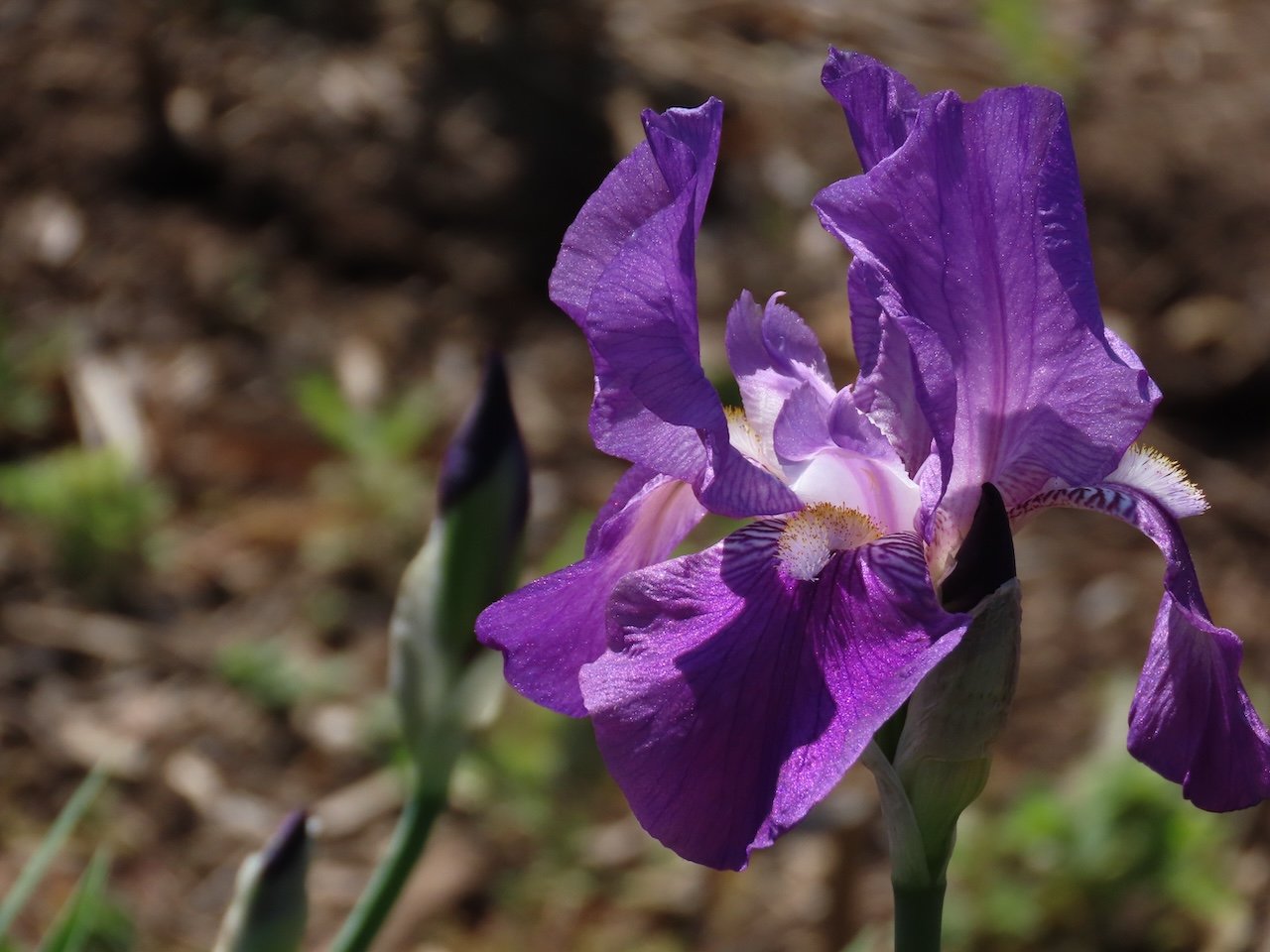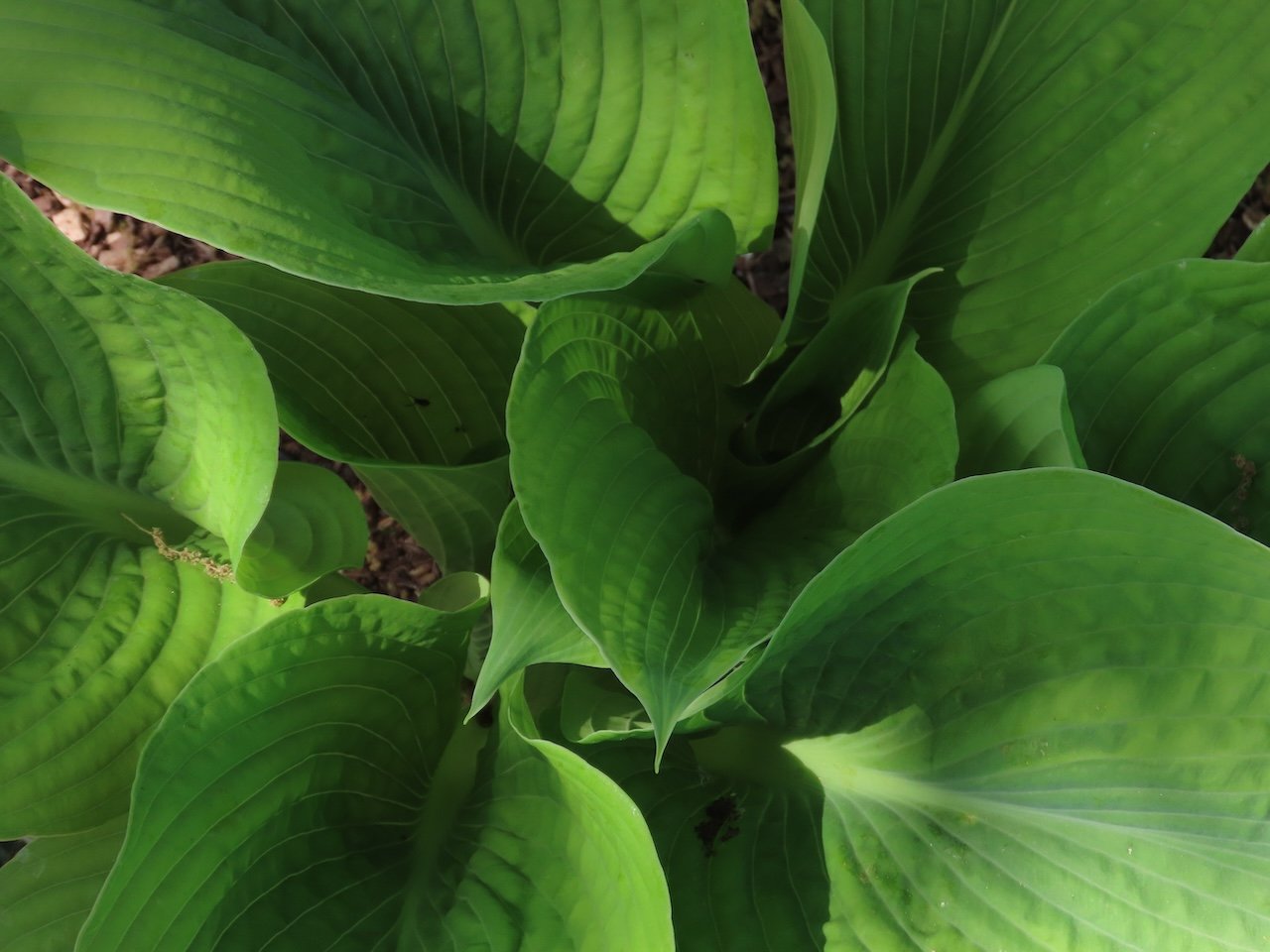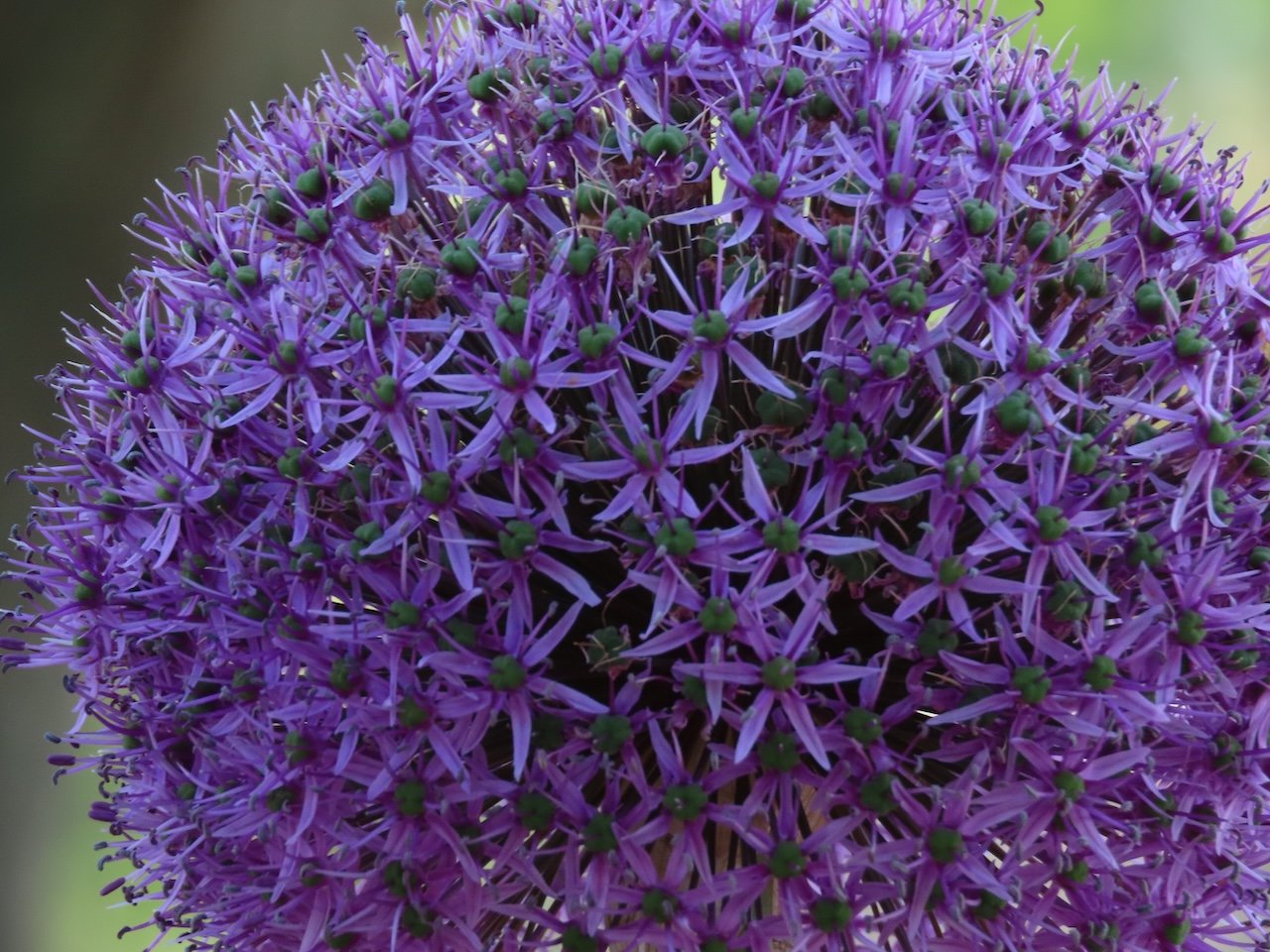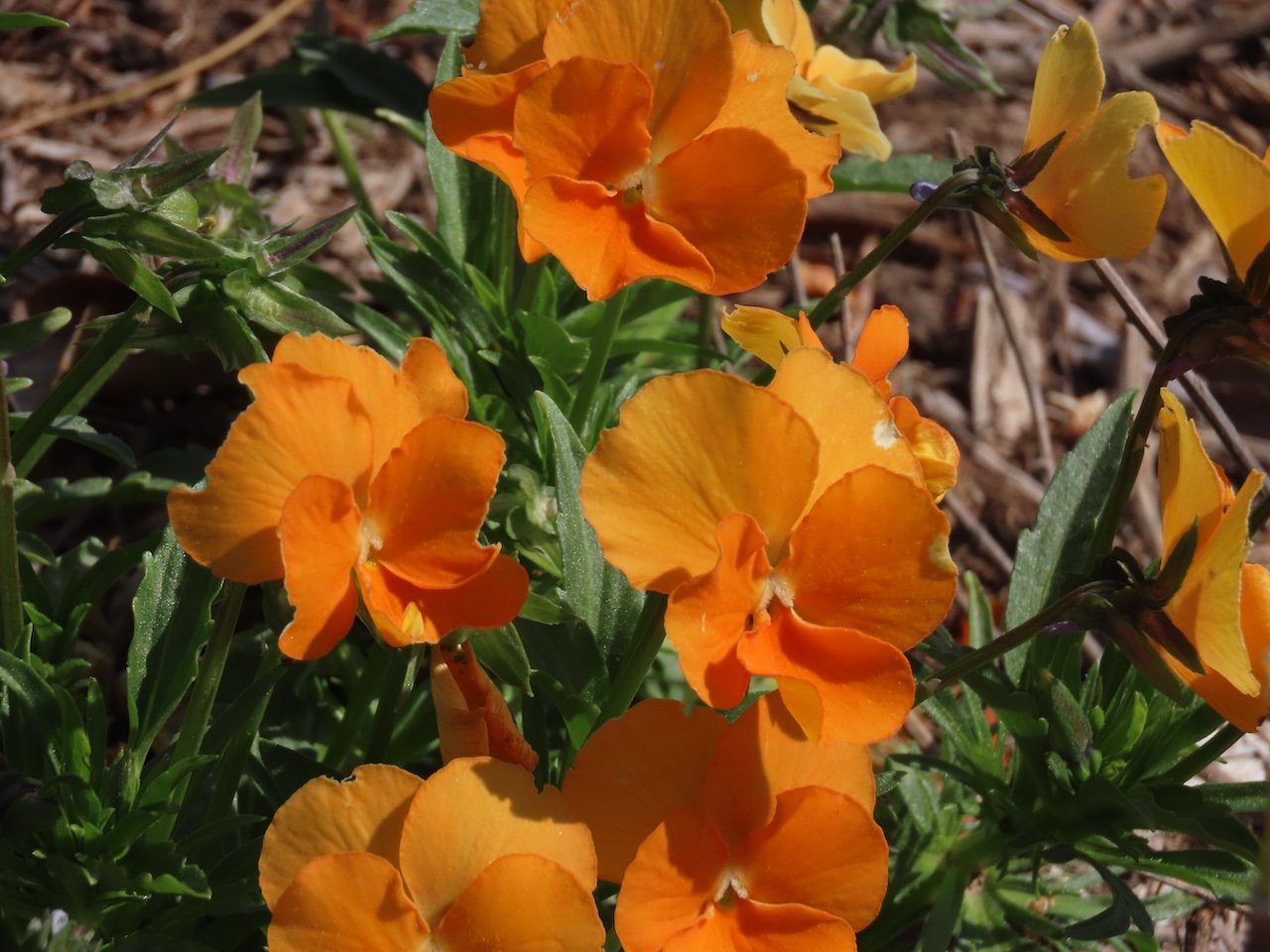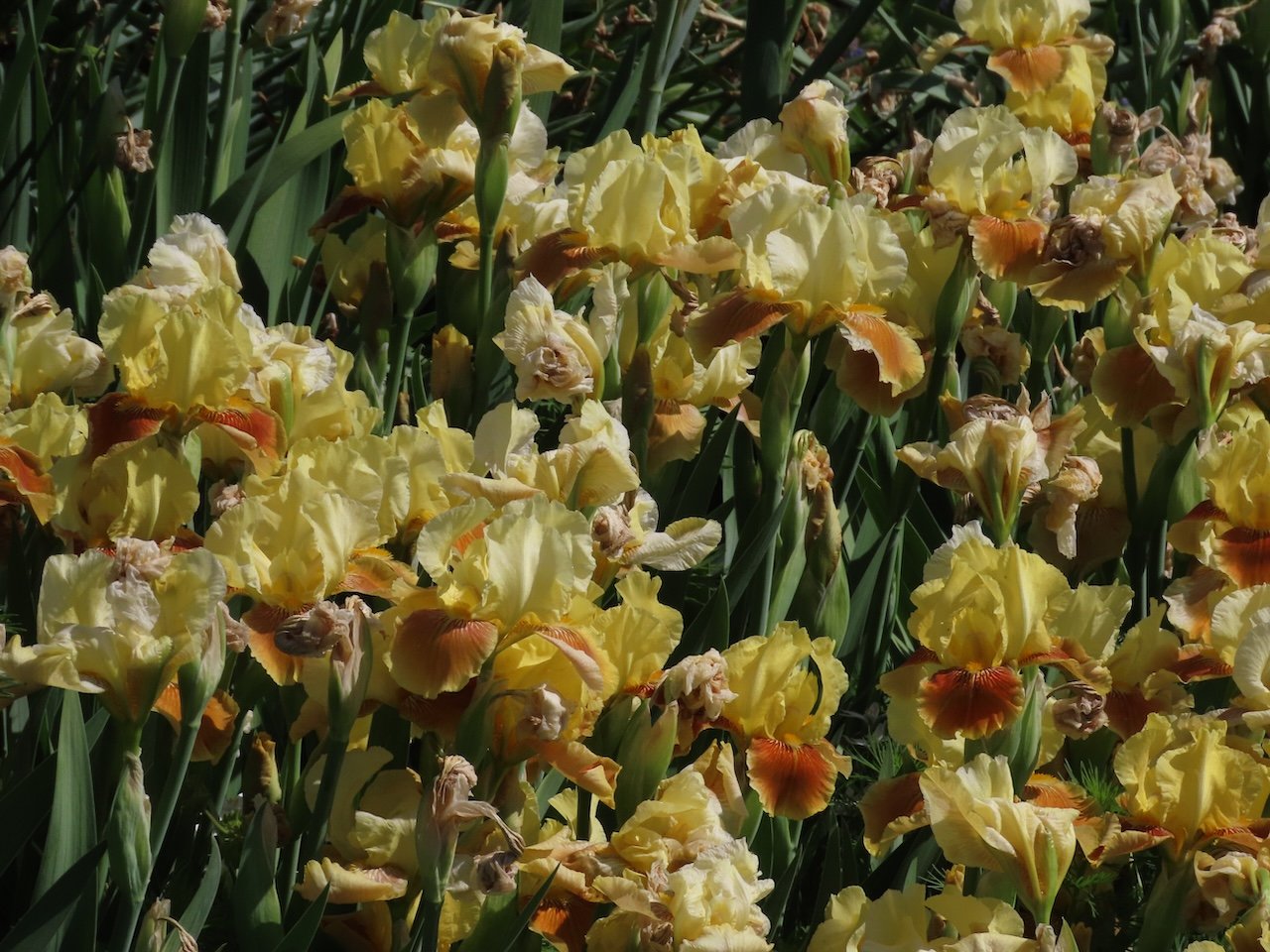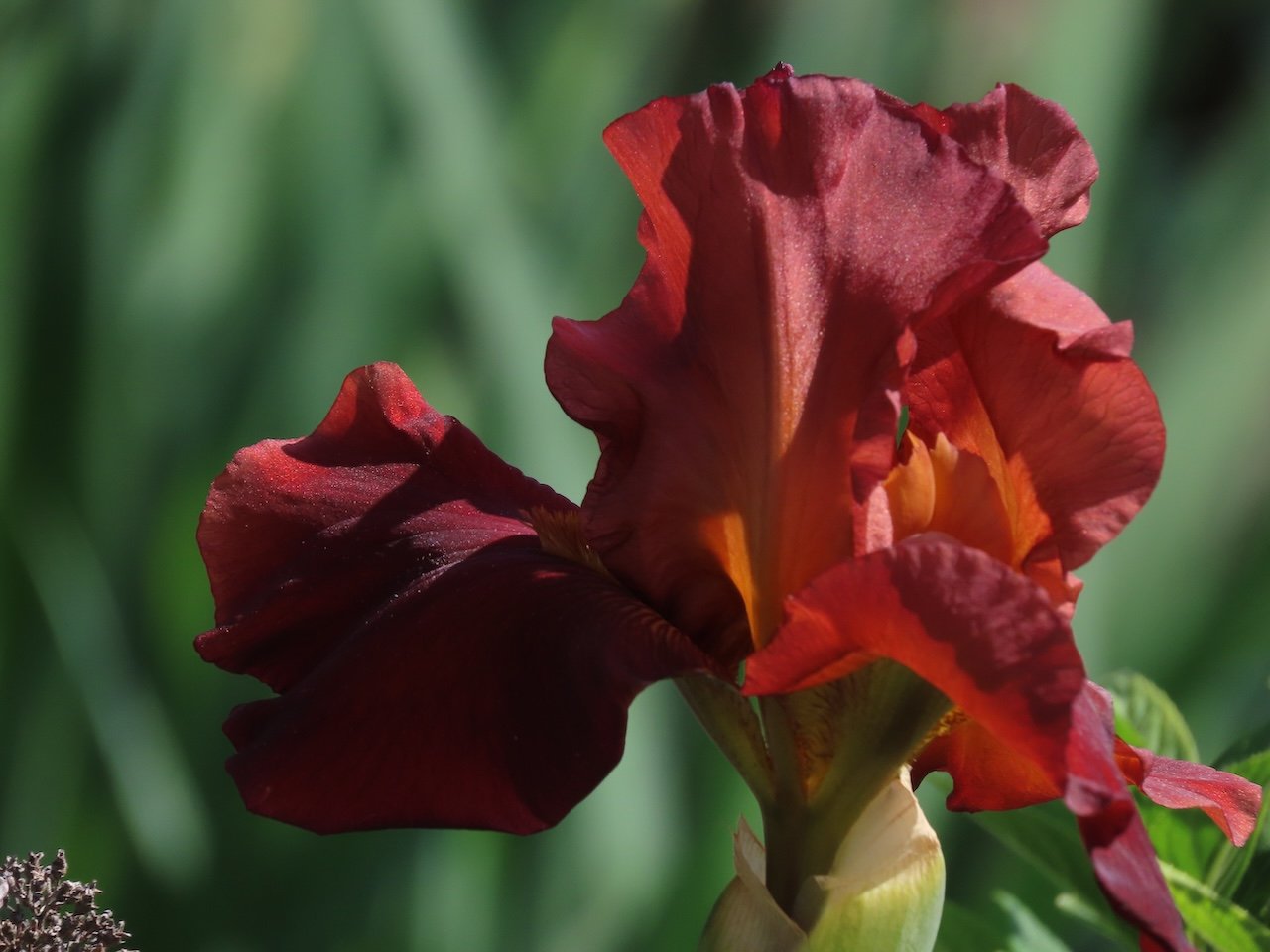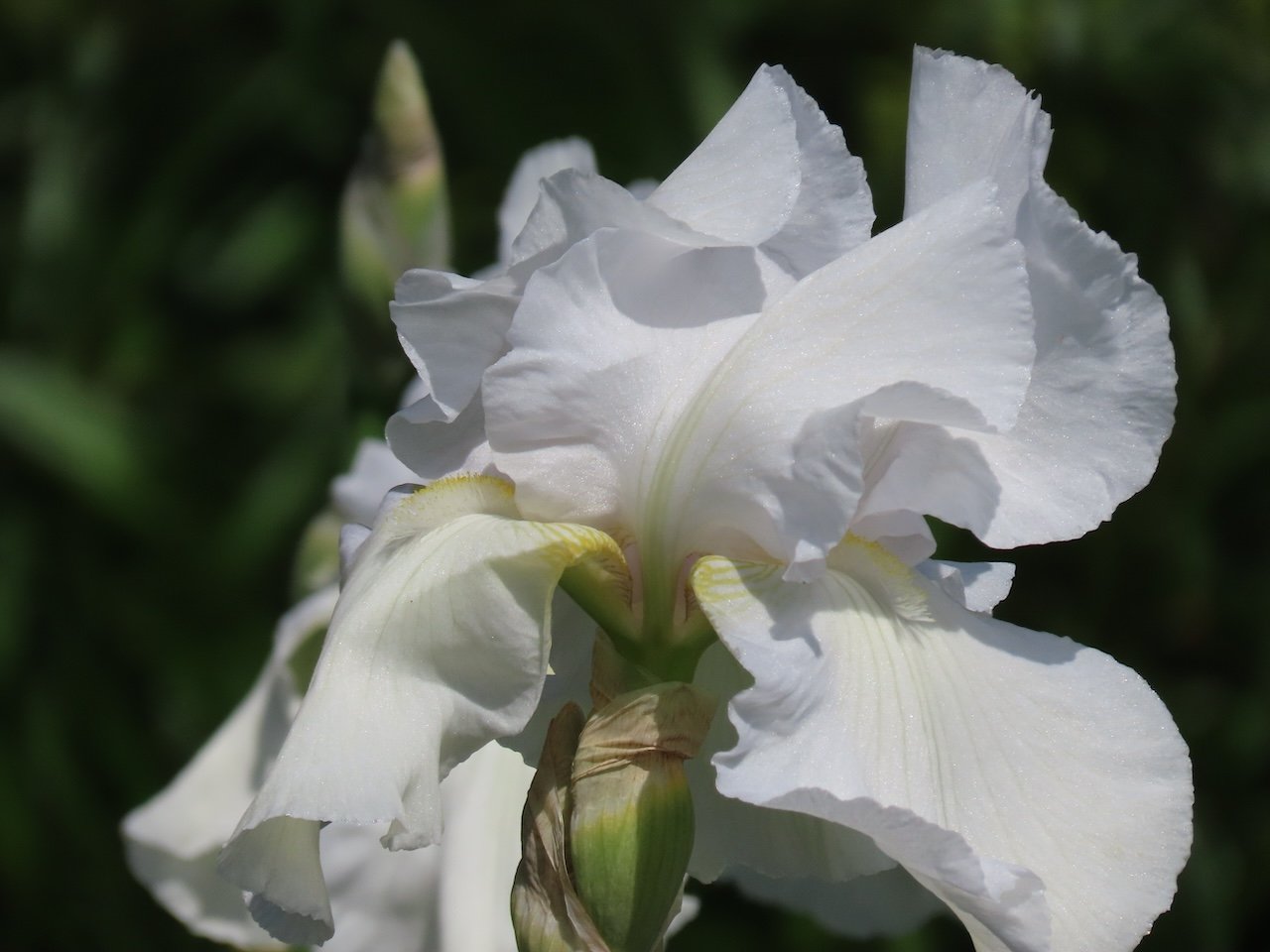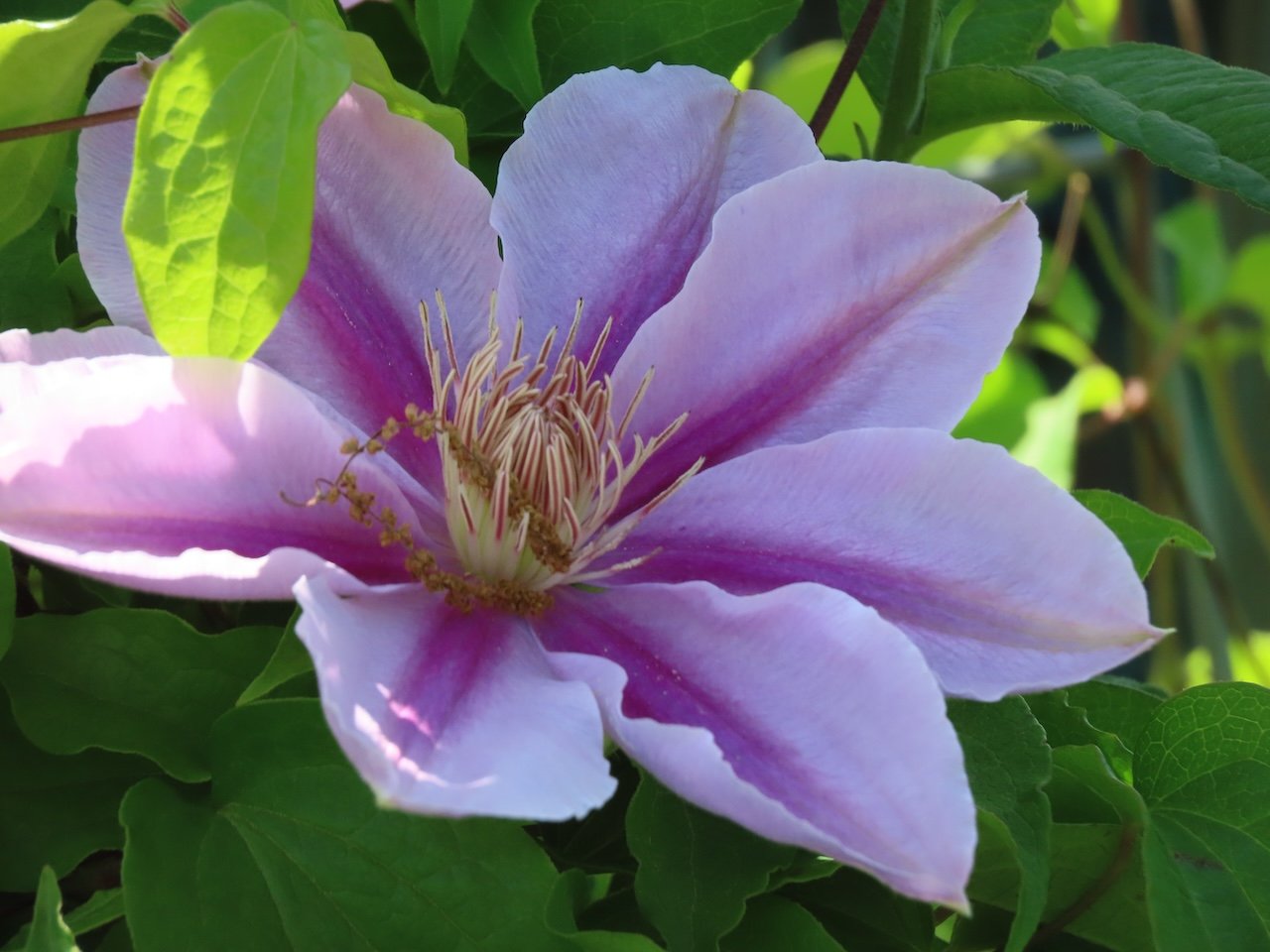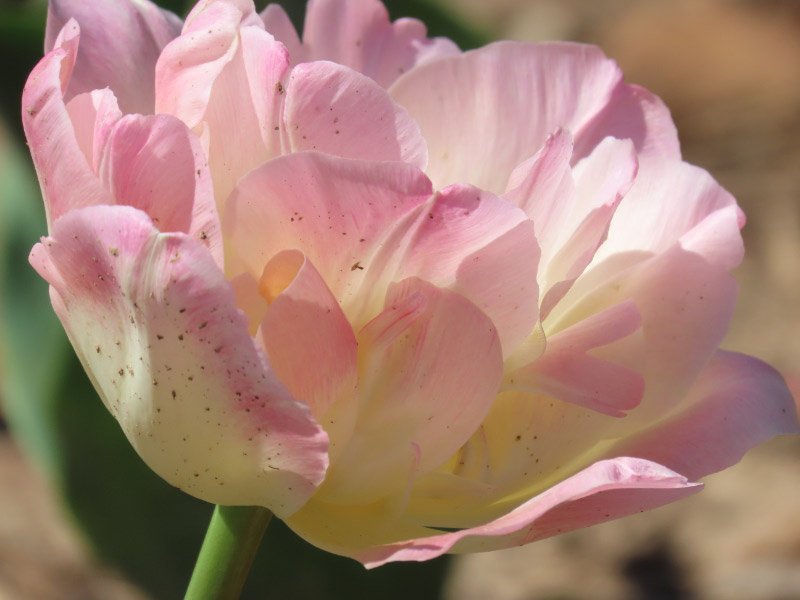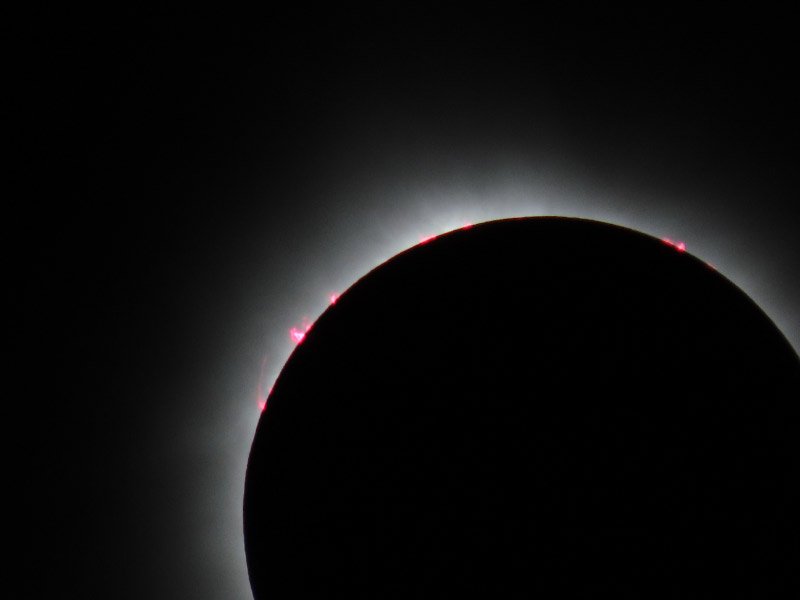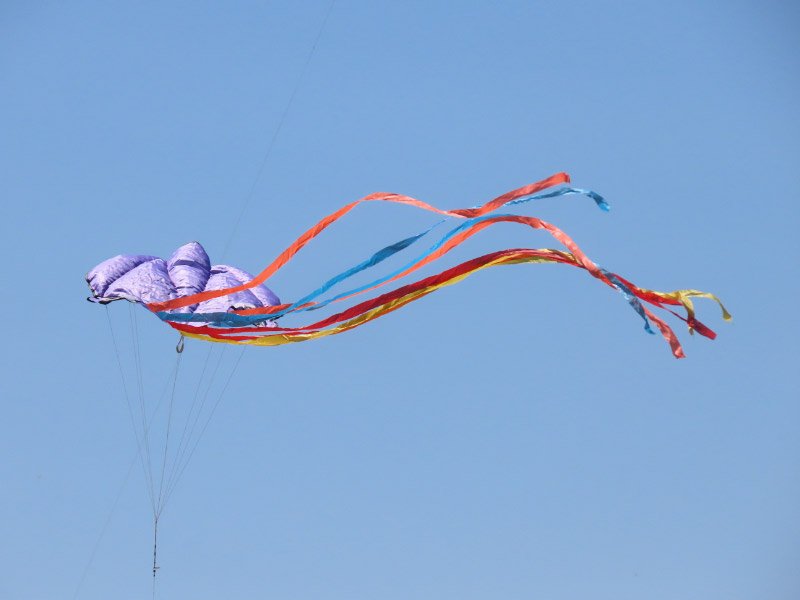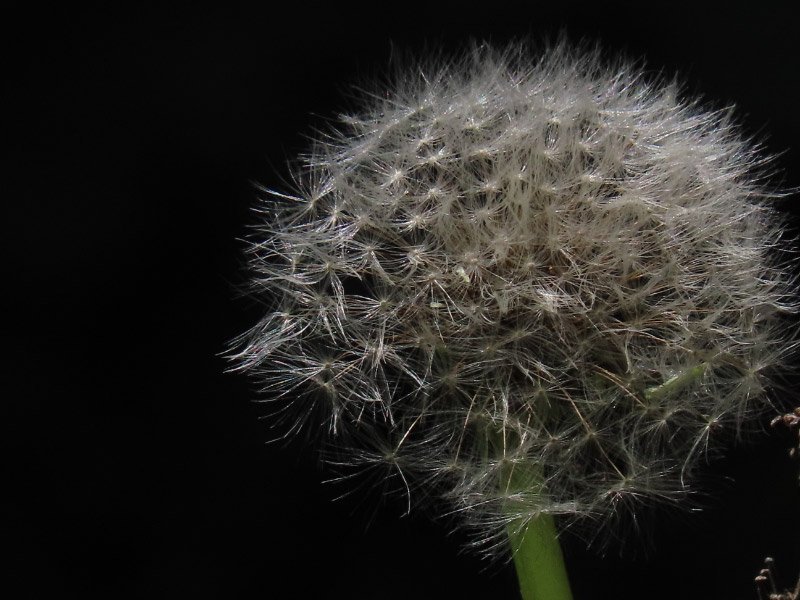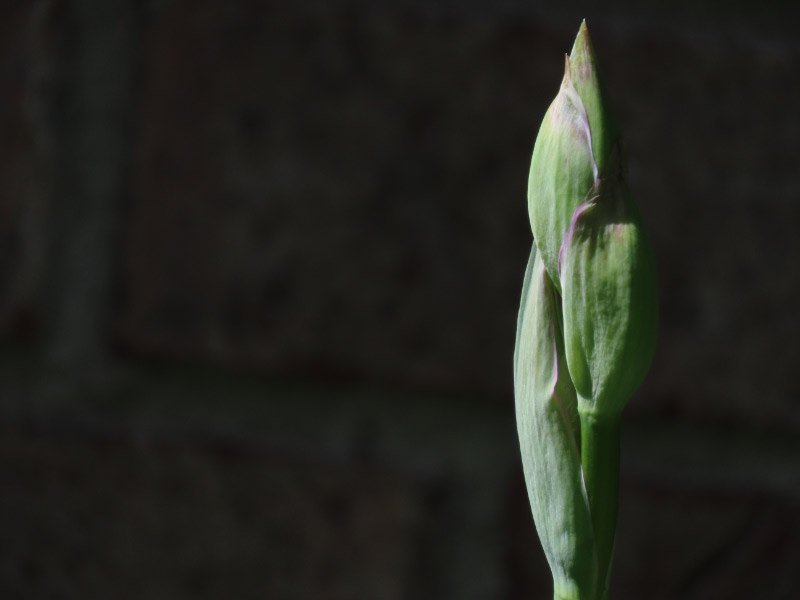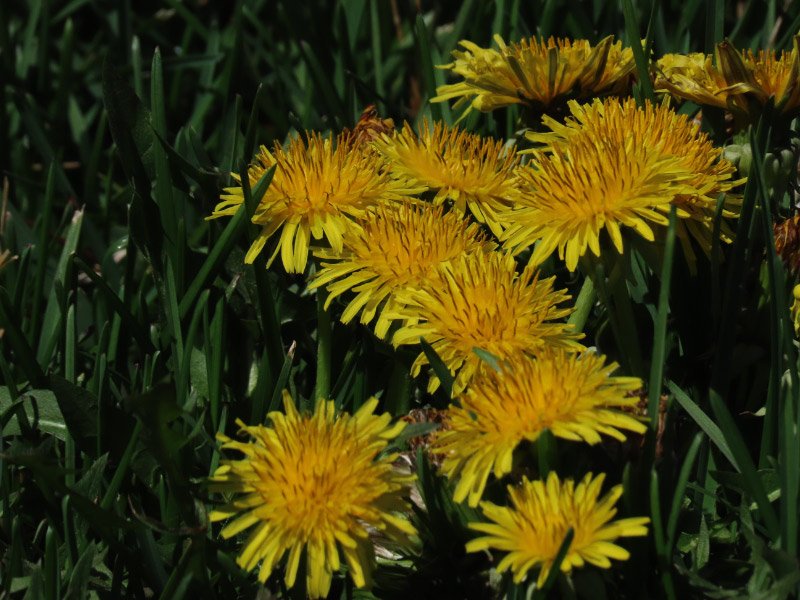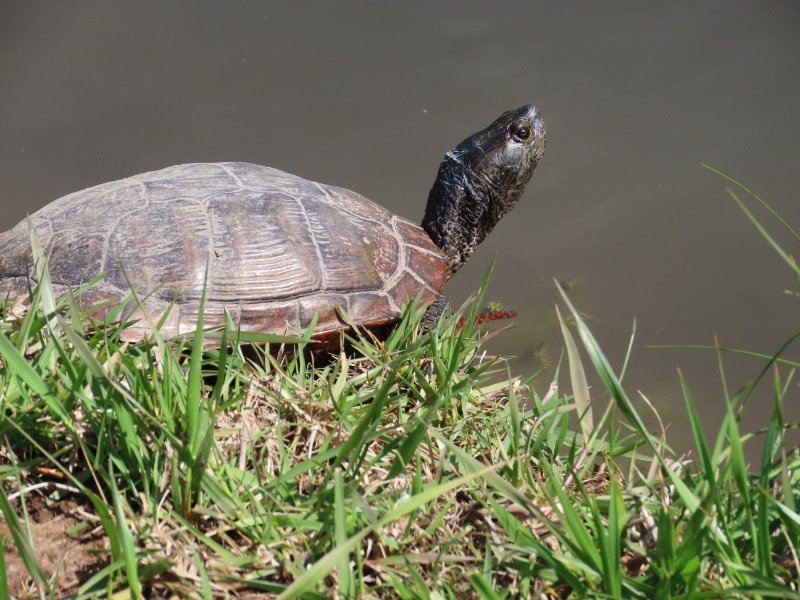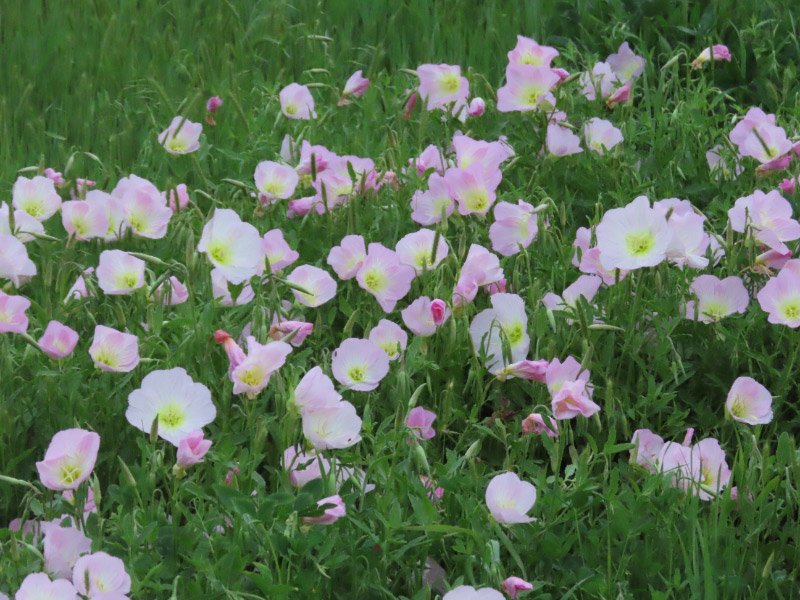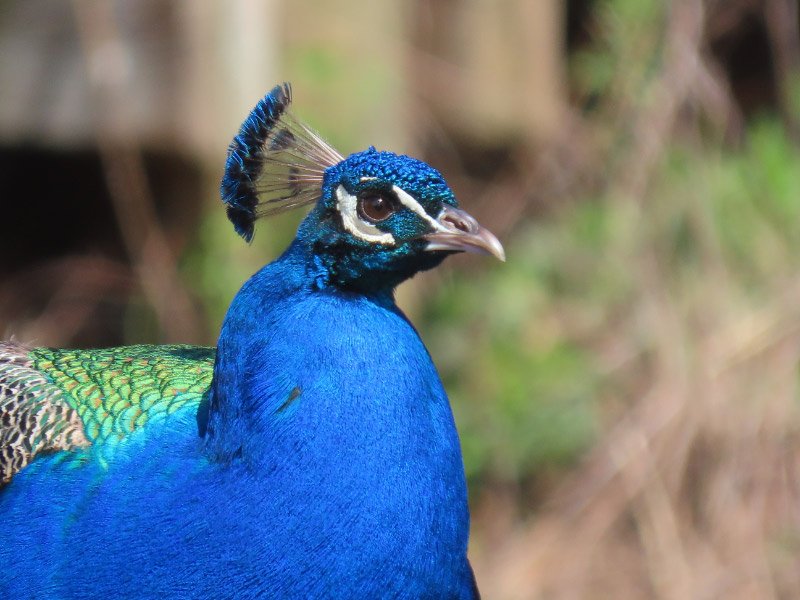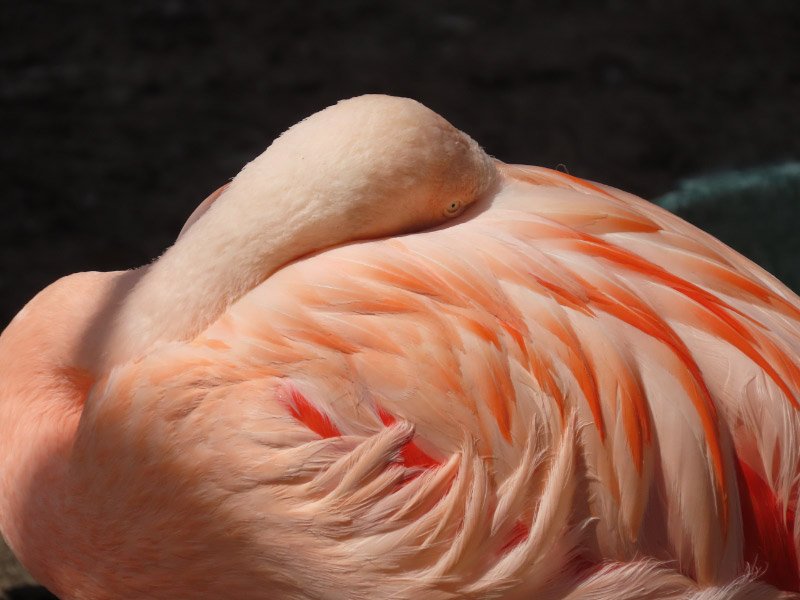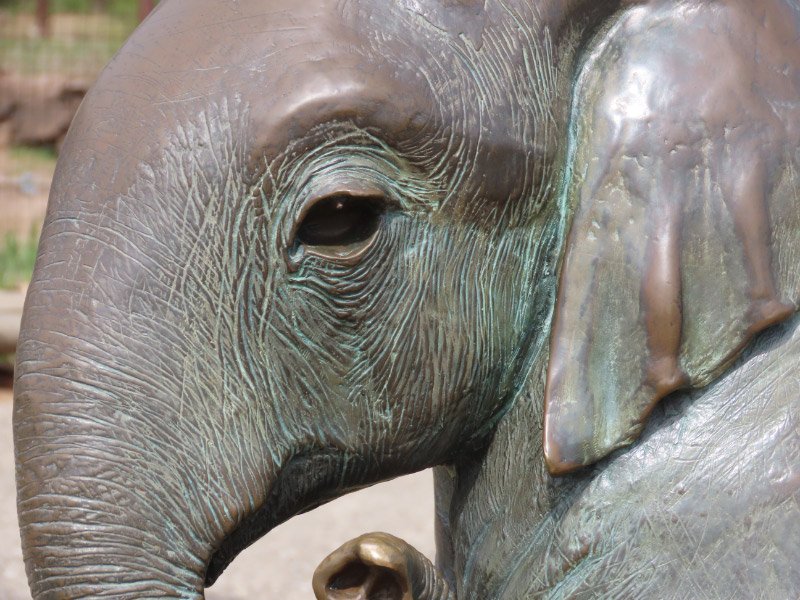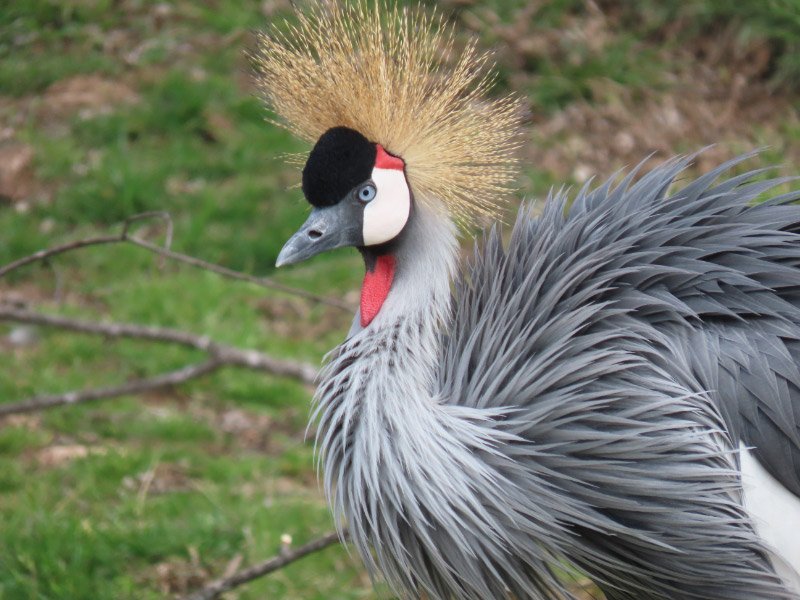Quigley Castle
/We stopped by Quigley Castle on our way from Turpentine Creek Wildlife Refuge to Eureka Springs….and enjoyed it more than we anticipated! We were greeted by a granddaughter of the builders of the place and several very comfortable cats. The garden is full of plants and yard art made by Elise Fiovanti Quigley: bottle trees and aggregates of stones and other small objects on many different forms. She evidently started her collecting as a child and her husband moved the rock collection with them when they came to the farm that was near the lumber mill where he worked…and he helped her continue to collect too.
The house was built from lumber cut from their own property to Elise’s specification in the mid-1940s which includes 4 feet of soil between the edges of the living space and the walls making it possible to grow tropical plants that grow 2 stories high; the house has 28 windows. She worked for 3 years to cover the outside of the house with a collection of fossils, crystals, arrowheads, and stones; her work has proved to be very durable – the exterior of the house not requiring any significant maintenance. She had parakeets that were free to roam through the plants (and her grandchildren have continued the tradition)! Inside the house there are more aggregate covered surfaces...some with shells rather than rocks…and an insect collection in large jars and cover one wall in a bedroom. The moths had lost most of their color but some of the butterflies still look relatively fresh. There are original household items in the house too; the house has been continuously lived in since it was built. The granddaughter that handles most of the tours at the house lives there now (her rooms closed off from the places we walked through in the house).
Quigley Castle was a good finale to our Eureka Springs trip…and I’ll probably stop there again when I am in Eureka Springs.














































































































































































